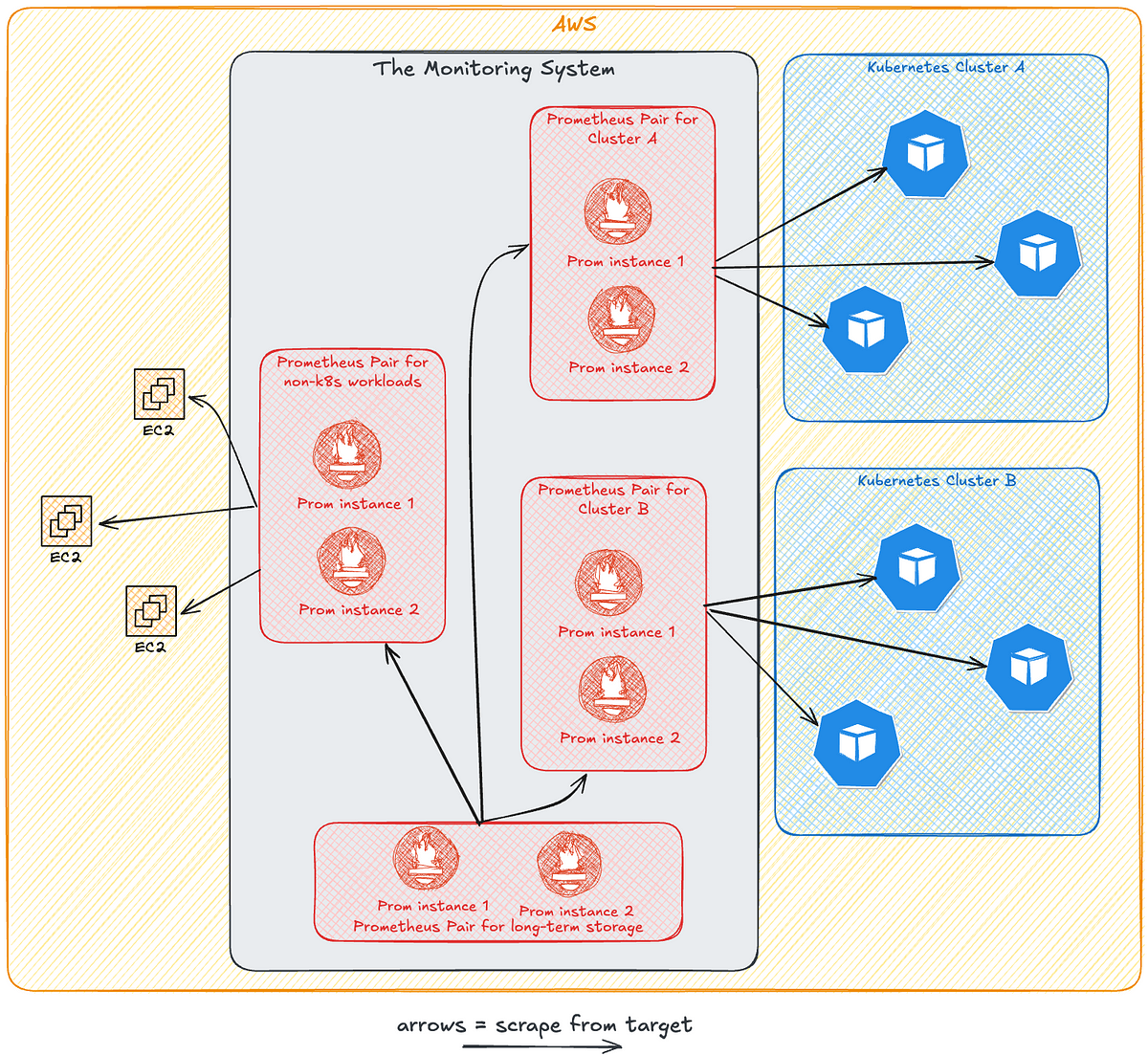
The Real Reason Everything’s Getting More Expensive
Angela Bishop has been struggling with what she describes as “the cost of everything lately.” Groceries are one stressor, although she gets some reprieve from the free school lunches her four kids receive. Still, a few years of the stubbornly high cost of gas, utilities, and clothing have been pain points.
“We’ve just seen the prices before our eyes just skyrocket,” said Bishop, who is 39. She moved her family to Richmond, Virginia from California a few years ago to stop “living paycheck to paycheck,” but things have been so difficult lately she’s worried it won’t be long before they are once again barely getting by.
Families nationwide are dealing with similar financial struggles. Although inflation, defined as the rate at which average prices of goods or services rise over a given period, has slowed considerably since a record peak in 2022, consumer prices today have increased by more than 21 percent since February 2020. Frustration over rising cost of living drove many voters to support president-elect Donald Trump, who campaigned on ending inflation.
Simply put, inflation was instrumental in determining how millions of Americans cast their ballots. Yet climate change, one of the primary levers behind inflationary pressures, wasn’t nearly as front of mind — just 37 percent of voters considered the issue “very important” to their vote. Bishop said that may have something to do with how difficult it can be to understand how extreme weather impacts all aspects of the economy. She knows that “climate change has something to do with inflation,” but isn’t sure exactly what.





















